The Strowger Automatic Electric telephone from approx 1900
Engineers from the Automatic Telephone Company actively developed the automatic dial system. This resulted in the development of a make-break impulse dial, which was the predecessor of the common dial used throughout the world. The following pictures show the telephone details and the circuit diagram, plus front and back views of an early "Strowger" dial of approximately 1904, manufactured by the Automatic Telephone Company.
Notice that the circuit diagram was simple to understand by anyone without any prior experience or training. This technique would have been a carry over from the era when a subscriber was expected to install and maintain his own instruments, particularly in non-Metropolitan locations.
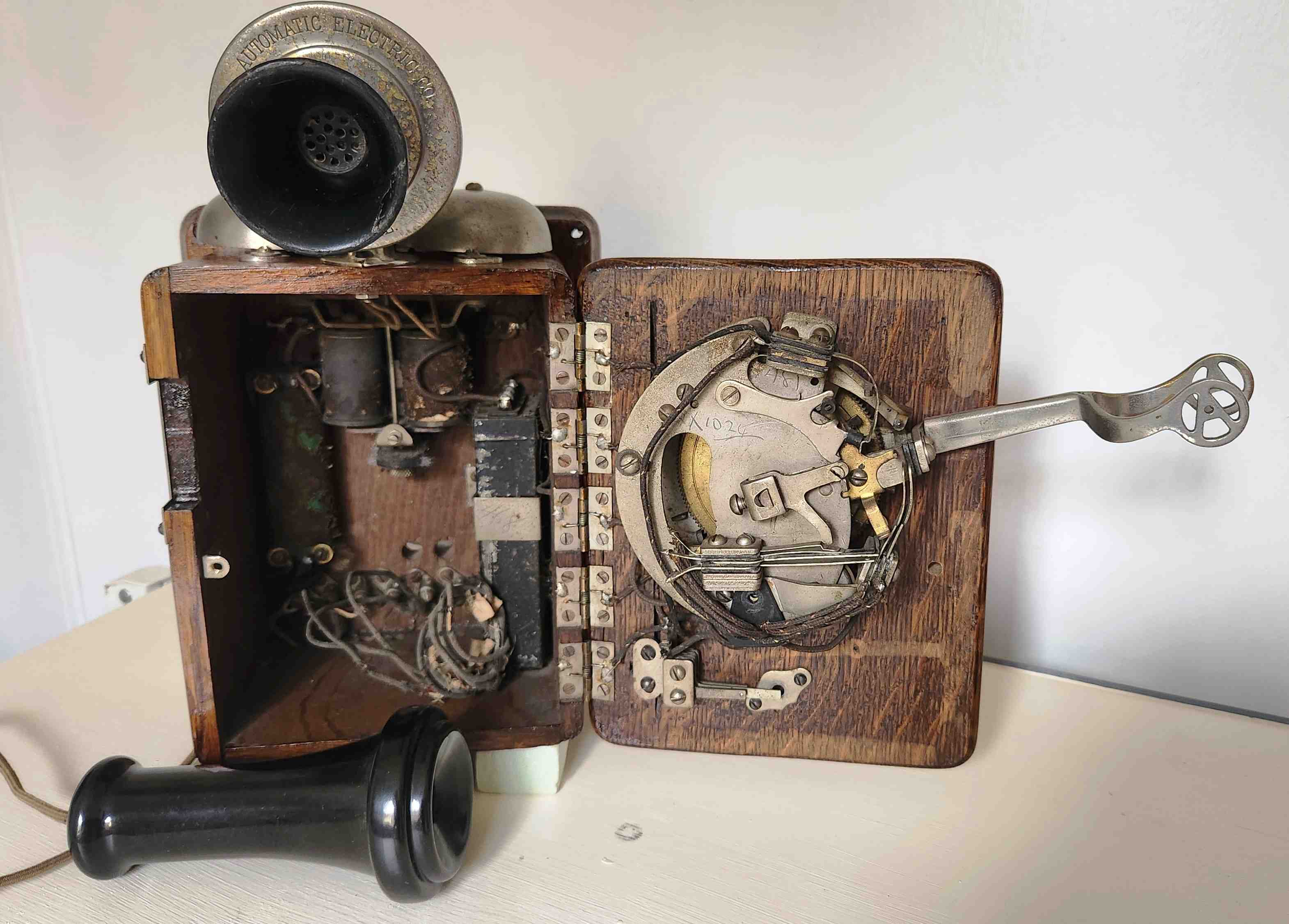
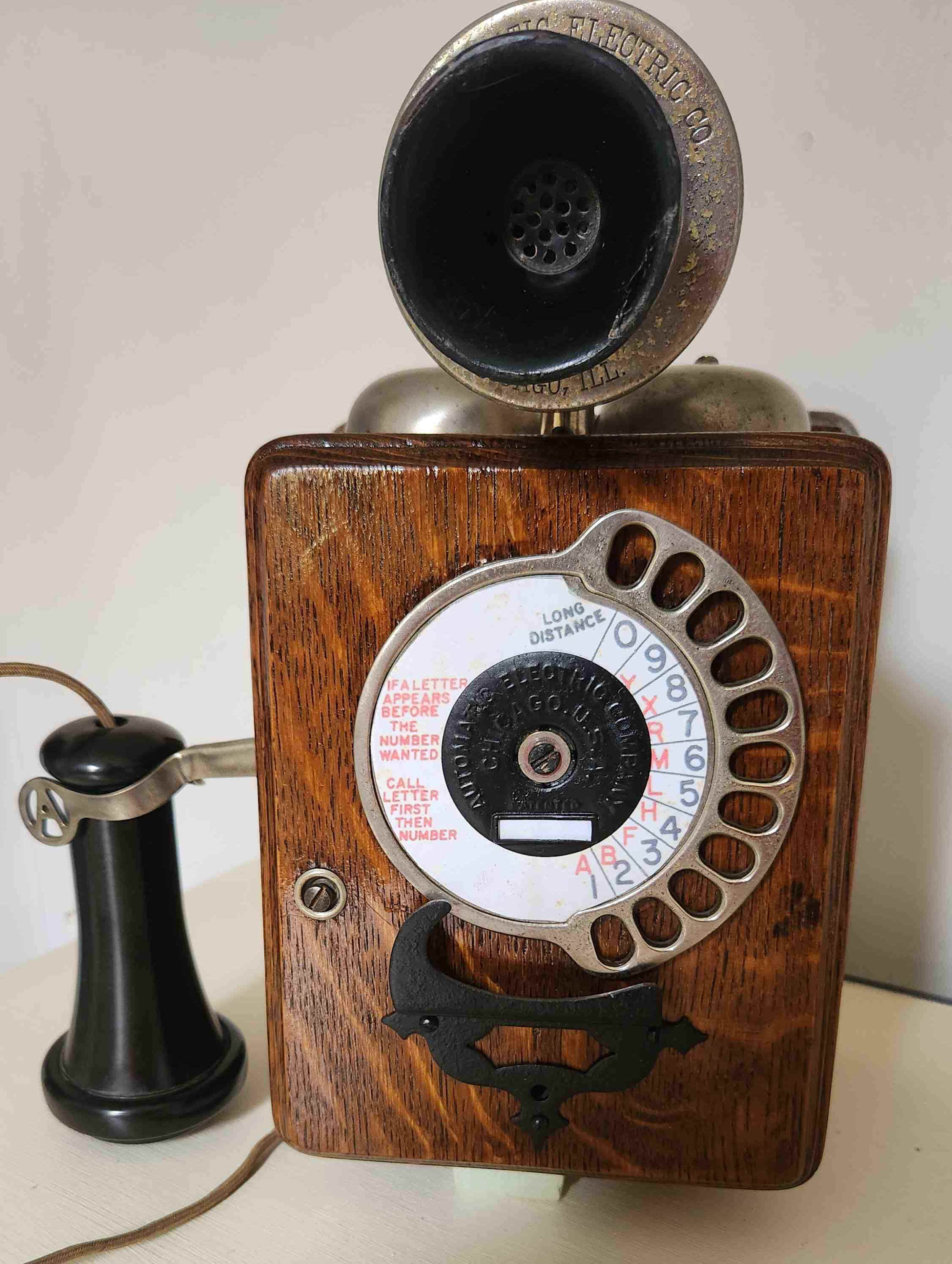
The phone has a genuine Bakelite mouthpiece with a small break repaired at some time. I will also include a reproduction
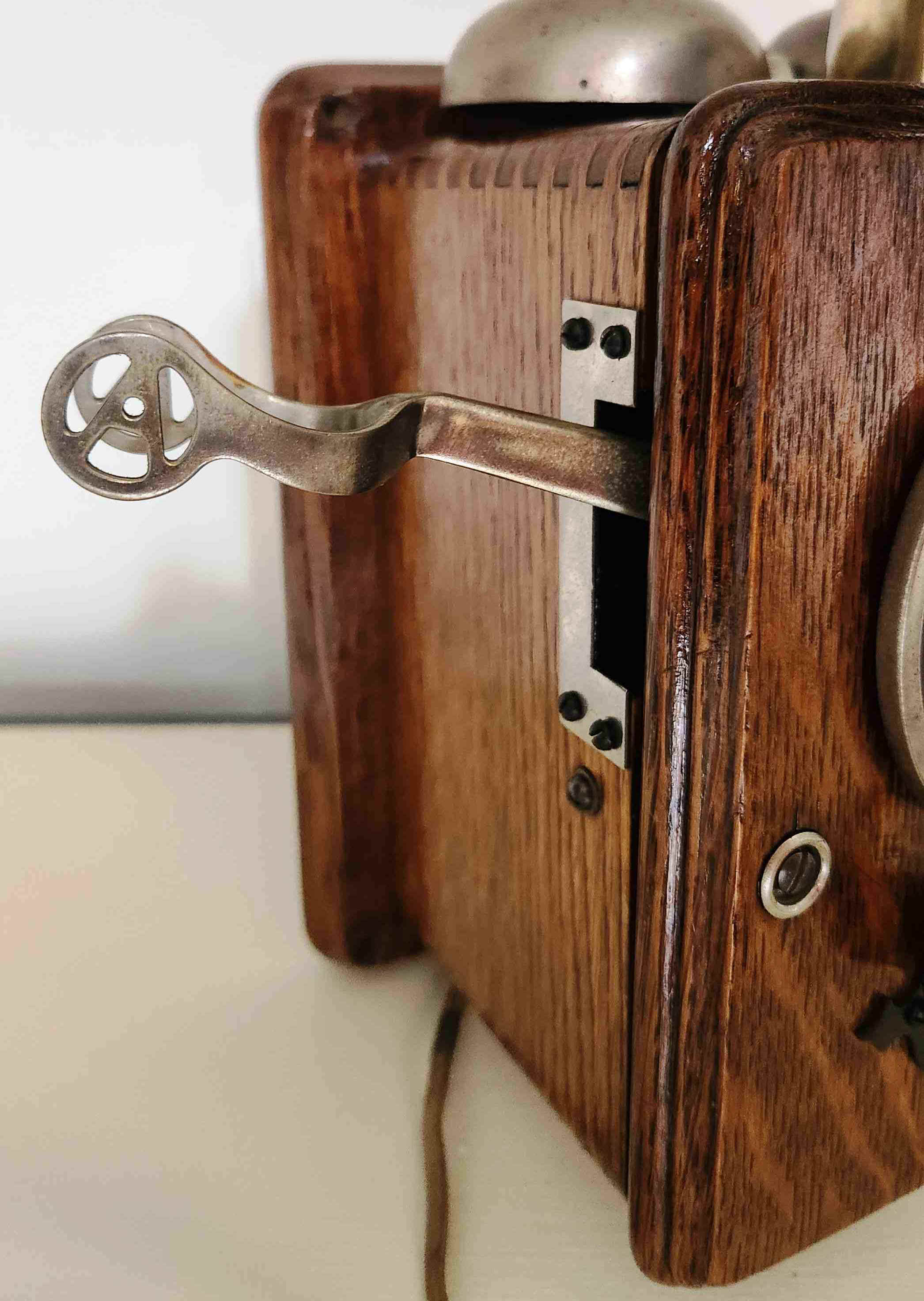
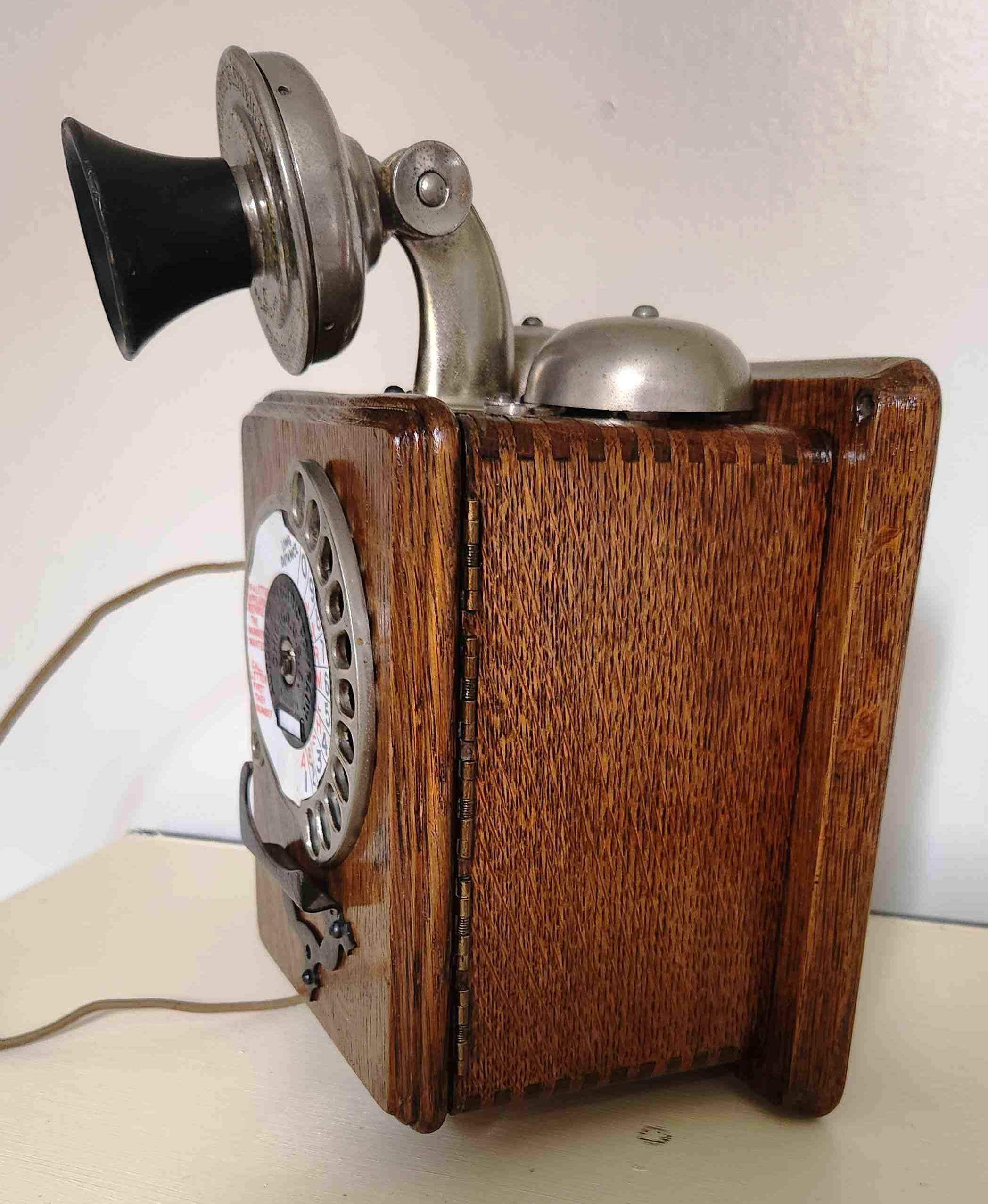
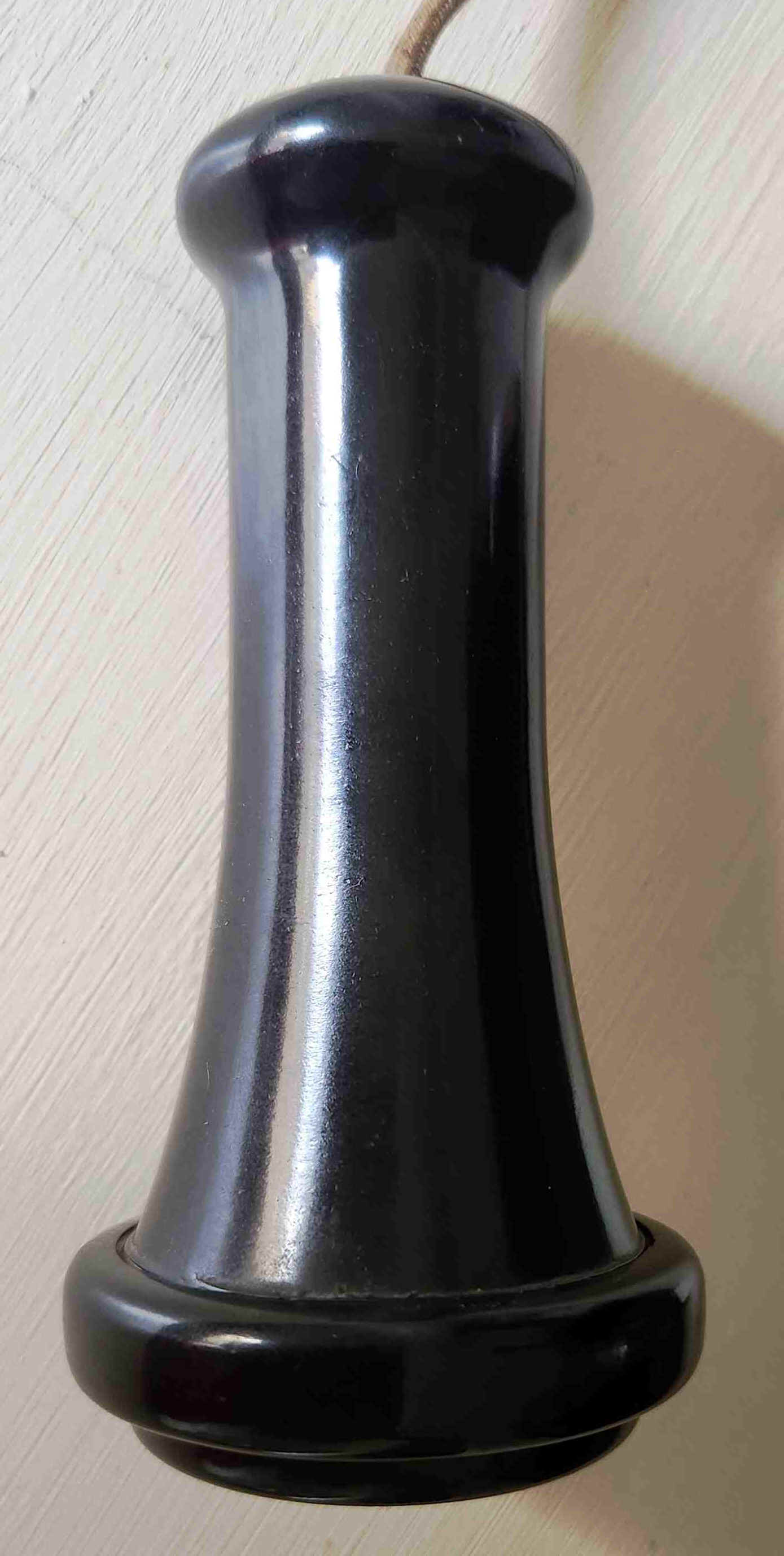
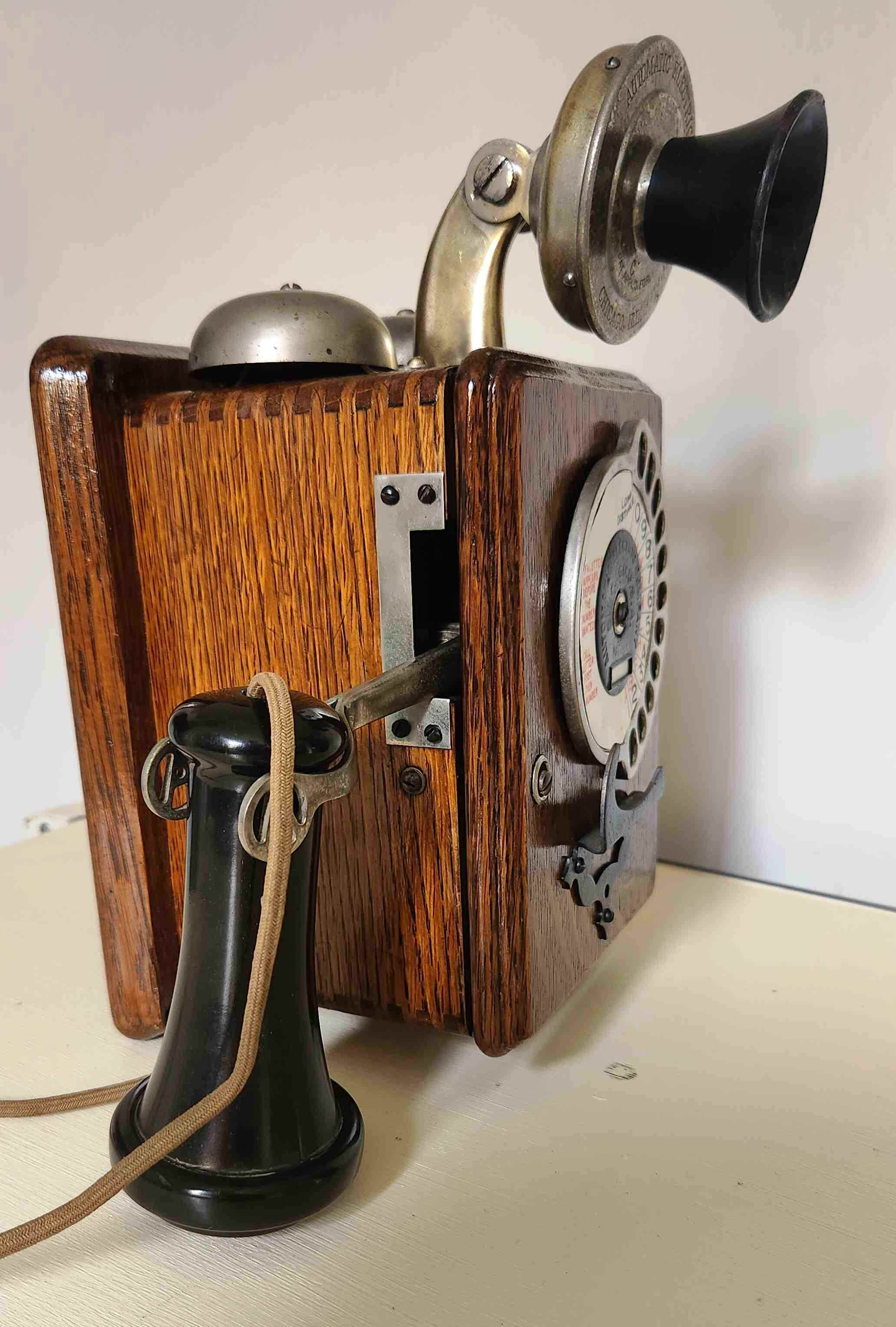
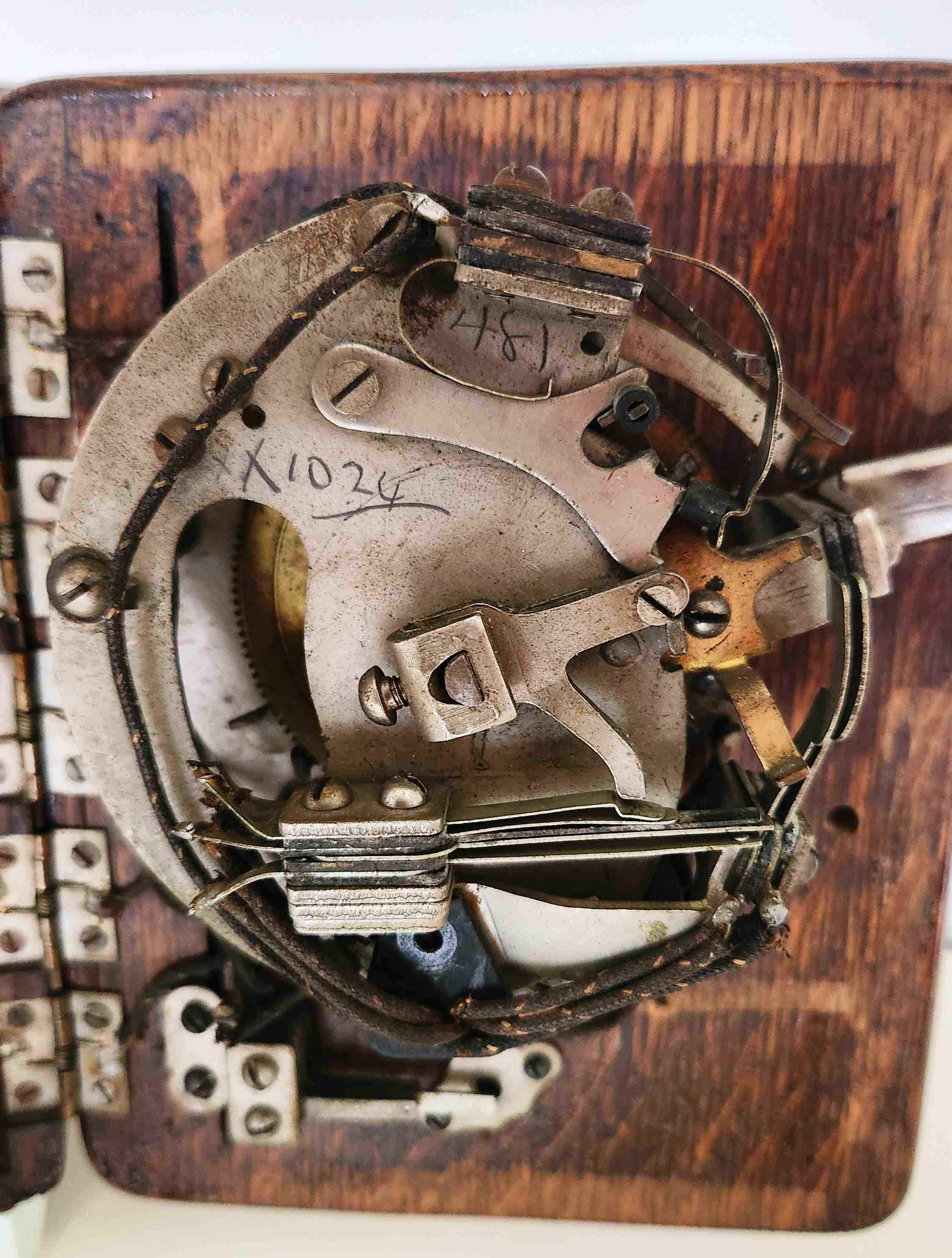
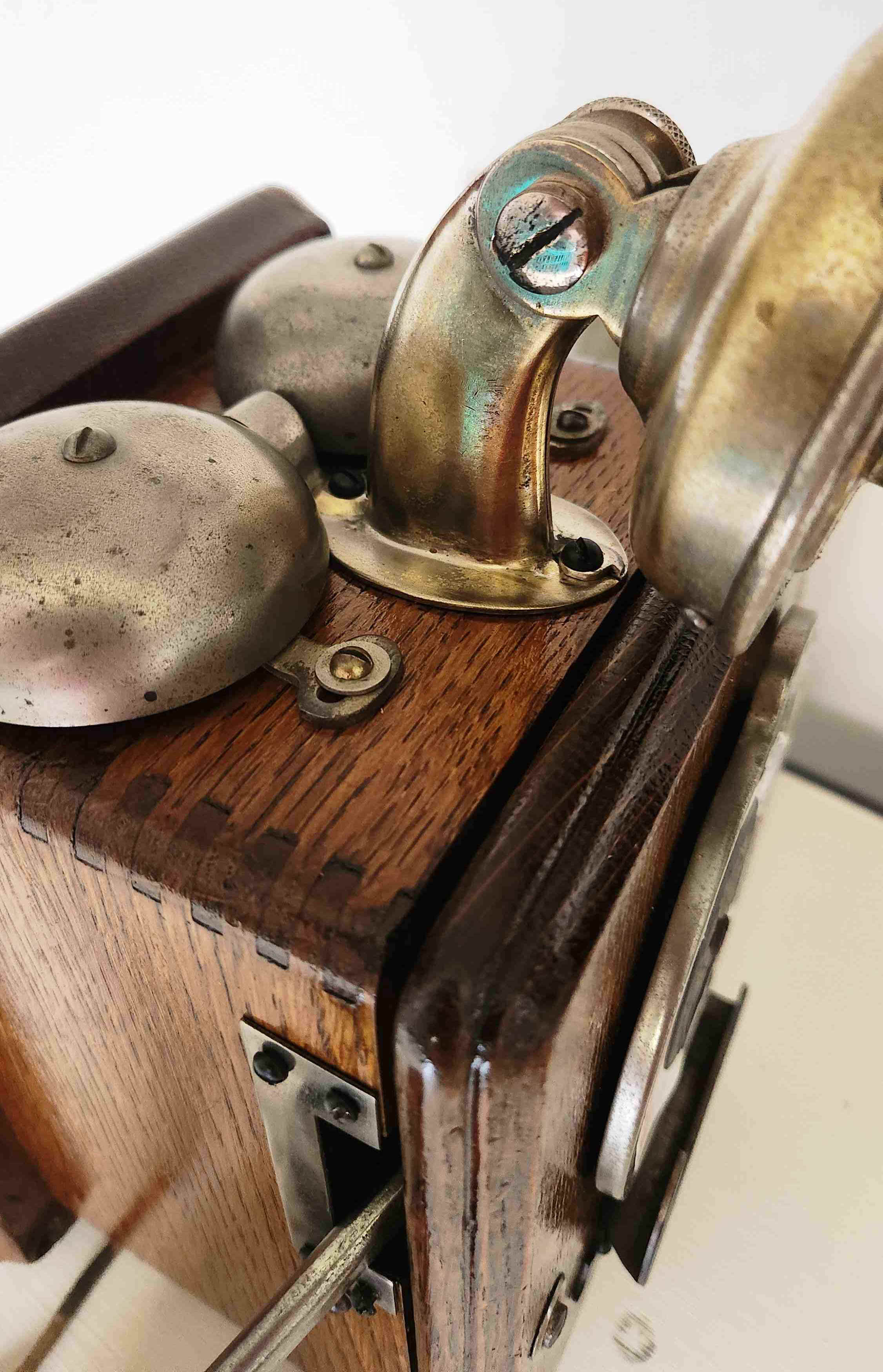
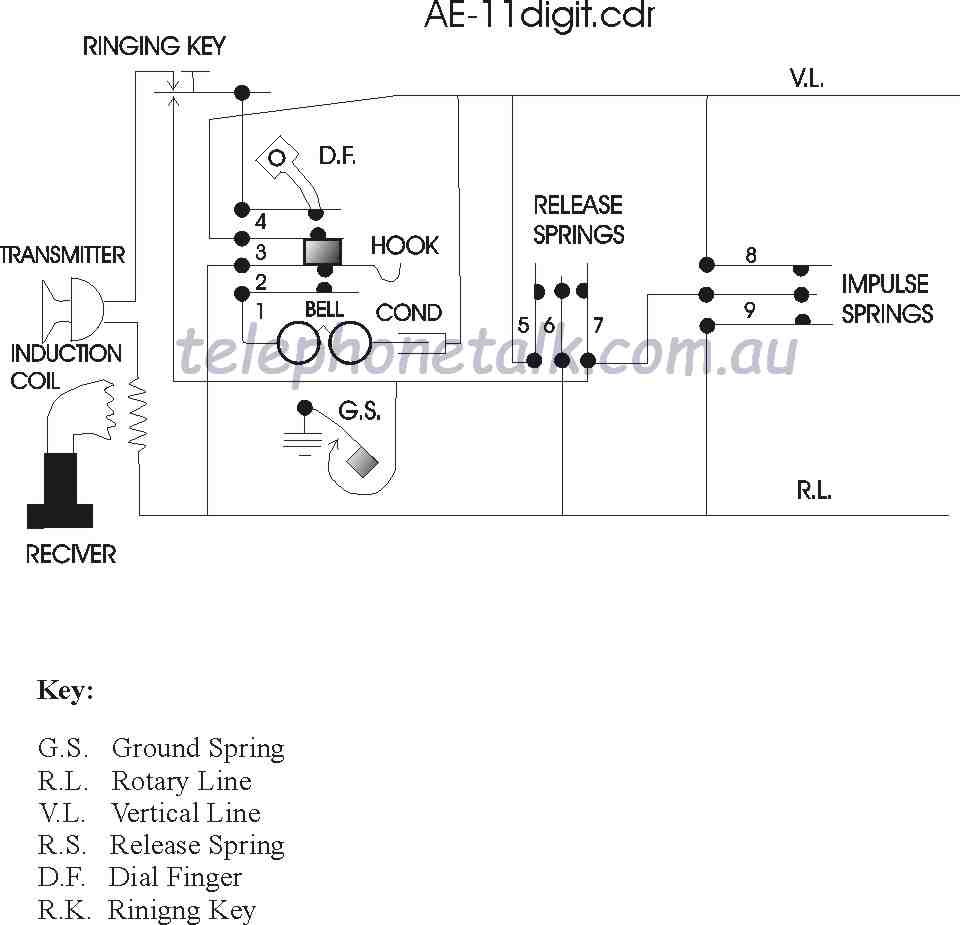

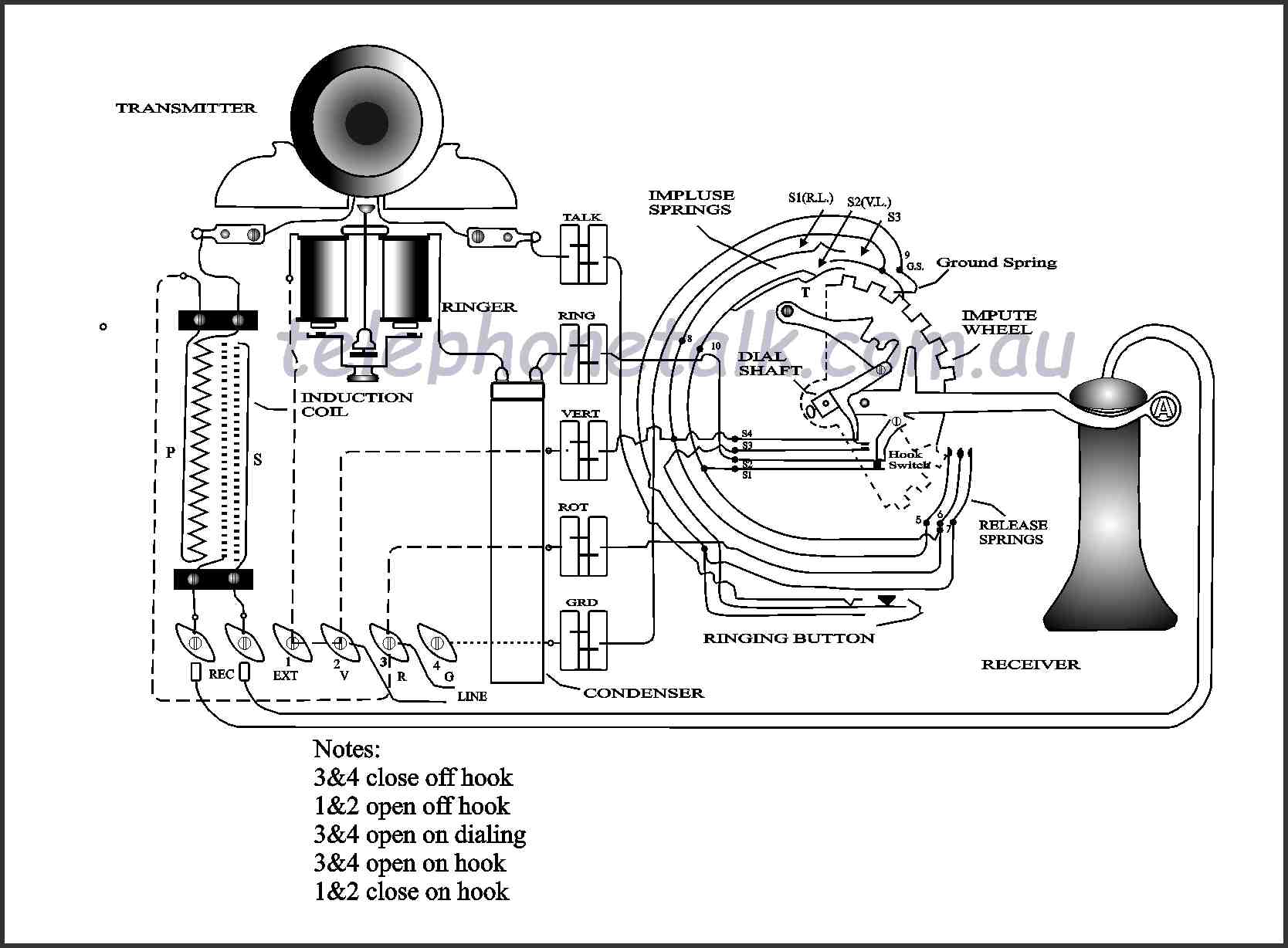
The Strowger Automatic Electric telephone from 1910-20's
In 1912
Australia's first automatic telephone exchange was installed at Geelong.
Victoria; approximately 70km South-West of
the State Capital, Melbourne The exchange equipment was Strowger Automatic
telephone apparatus, manufactured
by the Automatic
Electric Company, Chicago USA. 

In association with the exchange installation, large quantities of small wall mounted (and candlestick) telephones were also imported. They were known officially as the PMG Type 35, but also known colloquially as the Geelong.
These phones for the PMG were made from timber and painted black. They were of cheap construction compared to other telephones of the era, and their electrical circuit was very simple.
One of the most easily recognised features is the "Mercedes" dial.
Notice that there is no induction coil in the phone, and the receiver does not contain permanent magnets. The phone circuit is extremely simple, with the transmitter and receiver connected in series.
Just one "off-normal" spring set on the dial which places a short circuit across both the transmitter and receiver.
Number 1.
The original (PMG Type 35) version of this telephone had no induction coil and no permanent magnets in the bell receiver (test it with a screwdriver)
Number 2.
Another telephone waiting for restoration
Number 3. (Sold)
Early version without permanent magnets in the bell receiver
Number 4.
A later version from around 1920 has an improved conventional circuit, with induction coil and the more efficient permanent magnet receiver
These telephones are rare, but I have a more than I can keep.
I can negotiate to sell to an interested collector.